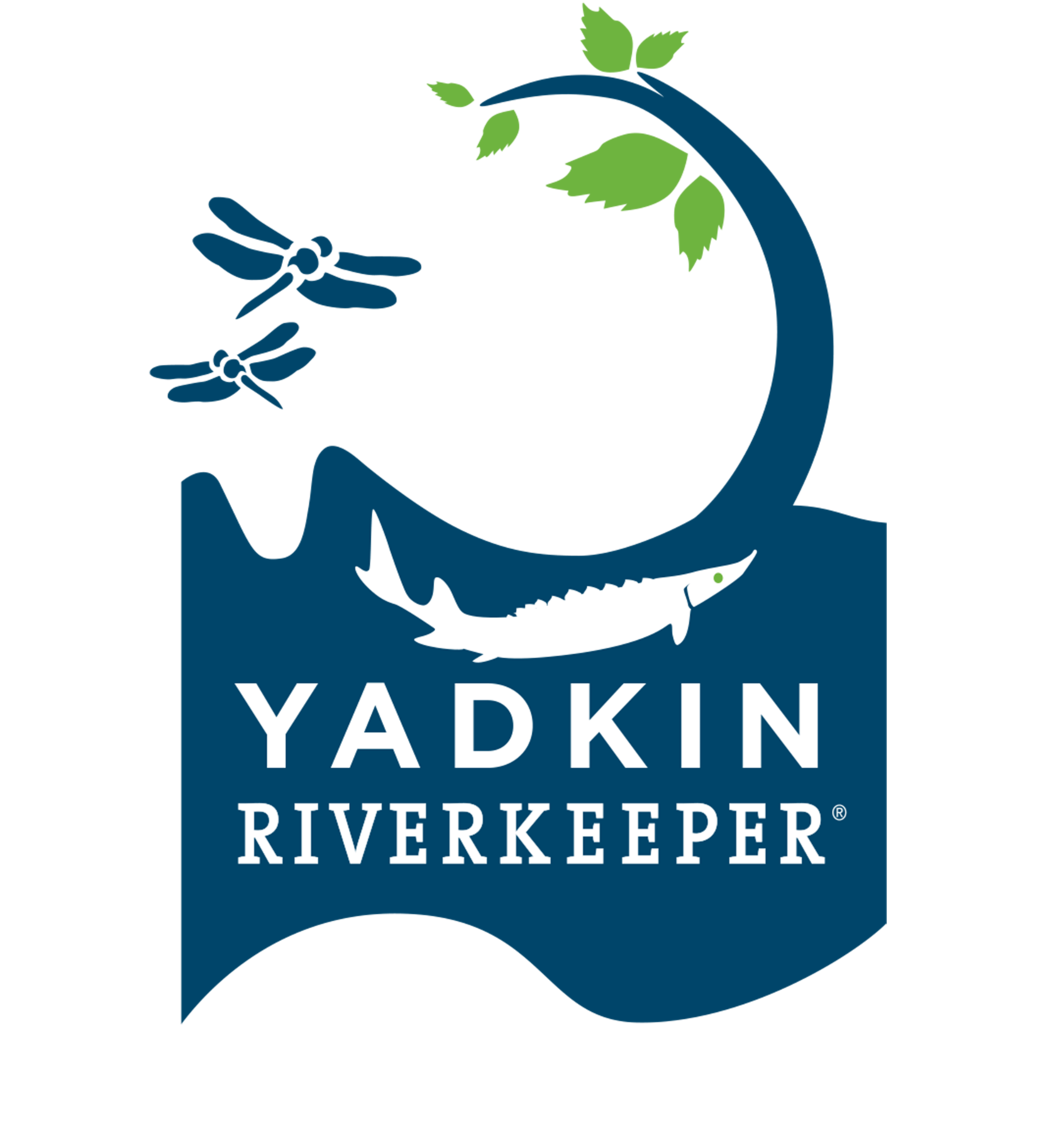-Nicole Eastman, Riverkeeper Assistant/Watershed Protection Specialist
Since the spring, YRK has been working to develop the South Yadkin River watershed restoration plan with the goal of identifying pollution sources, working with local stakeholders to determine water quality concerns, and recommending implementation of specific restoration and conservation projects.
The South Yadkin River Basin with Major Tributaries
At the beginning of the summer, YRK created a year-long sampling plan for the South Yadkin River which we started implementing in July this year. Every month, I collect water samples at Hannah Ferry boat ramp in Salisbury and the Cooleemee Junction boat ramp to assess for nutrients, bacteria like fecal coliforms and E. coli, and turbidity. This data collection process will fill in data gaps for the South Yadkin River and provide YRK with valuable information about potential water quality impairments in this part of the basin. The results have indicated elevated levels of bacteria and nutrients after rain events, but no other major trends are evident at this time. This past week I completed our fifth sampling run on a beautifully foggy morning as seen in the photo below of the old trestle bridge in Cooleemee Junction.
In addition to collecting water quality data in the basin, the second major component of the plan focuses on meeting with local stakeholders to learn about the water quality issues they notice in their respective part of the watershed and brainstorm project ideas to improve the health of the basin. After a few months of coordinating stakeholder meetings, YRK has met with over 15 different stakeholder groups such as staff at Soil and Water Districts, Parks and Recreation Departments, county Cooperative Extensions, county and city utilities, planning and stormwater departments, and farmers.
A few major takeaways from the stakeholder meetings include the need for additional funding for local agencies to assist farmers in Best Management Practices implementation, preparing water infrastructure such as wastewater treatment plants for population growth, a desire for more public outreach to educate property owners about their impacts on the watershed, and the prioritization of turbidity-reducing restoration projects in the South Yadkin and its tributaries.
In order to identify more pollution sources and priority areas for restoration and conservation projects, Ward and Nicole have taken to the water in their kayaks and canoe. We have paddled part of the South Yadkin and found areas with eroded stream banks and agricultural properties that could benefit from improved buffer areas along the channel. Additionally, we paddled part of Fourth Creek in Statesville and found many dams made up of debris and downed trees causing streambank erosion around the channel blockages.
Moving forward, YRK hopes to meet with more stakeholders including community members and farmers who may be interested in discussing restoration or conservation projects and Best Management Practices that could be implemented on their properties. Community input is essential in the success of this plan. If you or someone you know lives in the South Yadkin River watershed and would like to discuss the project and your potential involvement, please contact Nicole at nicole@yadkinriverkeeper.org.



